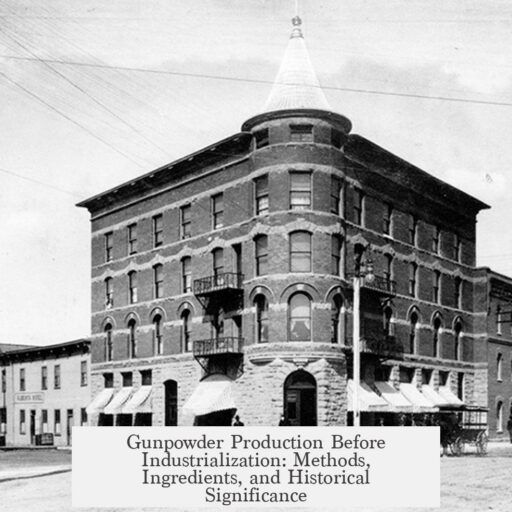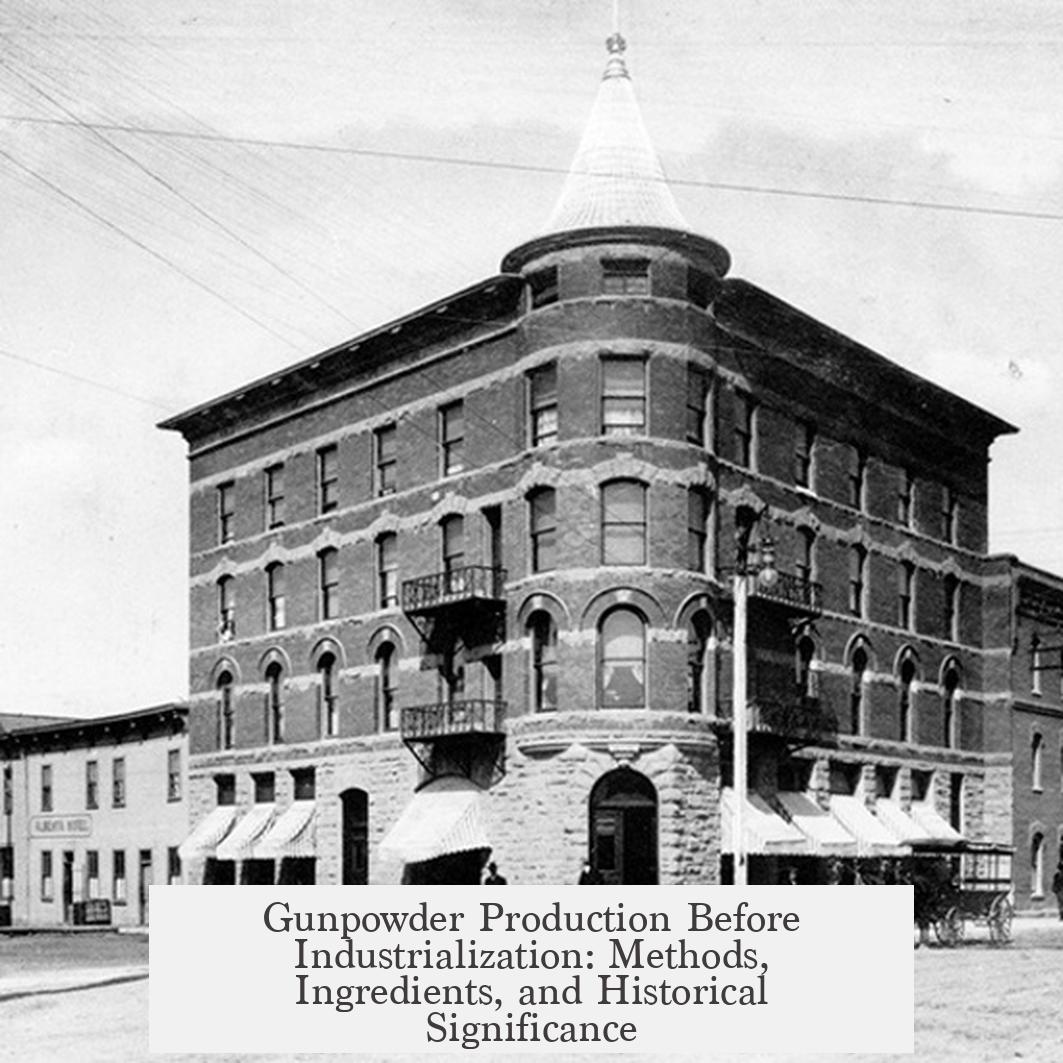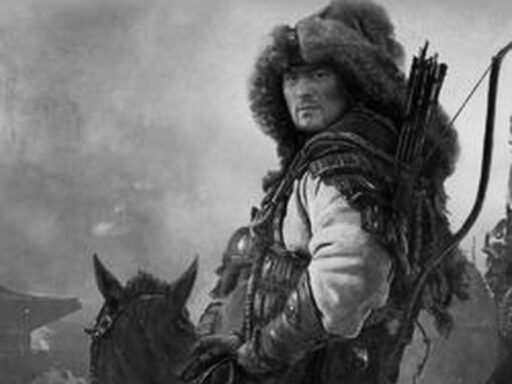Before industrialization, gunpowder was made by carefully sourcing and processing three primary ingredients: charcoal, sulfur, and saltpeter. Each component required distinct methods and considerable effort, especially saltpeter, which was initially rare and expensive.
Gunpowder’s core components come from natural resources. Charcoal is a familiar substance, produced by burning wood in low oxygen to remove water and volatile substances. Medieval Europe had established methods for making charcoal, often relying on wood supplied by local forests. This made charcoal the easiest of the three ingredients to obtain.
Sulfur, though not everywhere available, was gathered from volcanic regions where it naturally appeared. Well-known sources included Iceland and Sicily, which have active volcanic activity. For instance, Mount Etna in Sicily periodically deposits sulfur around its surface. Miners collected the dirt mixed with sulfur and refined it through melting or sublimation, yielding pure sulfur suitable for gunpowder.
Saltpeter, or potassium nitrate, posed the most significant challenge before industrial methods emerged. It is a crystalline compound that forms naturally on decomposing organic matter under specific conditions. In medieval times, saltpeter was rare and costly, often exceeding the price of the firearms it powered.
Initially, saltpeter appeared sporadically in nature, often detected on stables, latrines, and decomposing organic waste sites. Early users harvested it wherever it accumulated naturally. This scarcity constrained gunpowder production and increased its cost throughout the fourteenth century when firearms were gaining importance.
Starting in the late fourteenth and early fifteenth centuries, centralized saltpeter production began in parts of Germany. Records indicate that Conrad Kyeser detailed the saltpeter manufacturing process in his 1405 military treatise, Bellifortis. Although the book was obscure during its time, German states soon leveraged these techniques and closely guarded the knowledge for decades.
German producers discovered the combination of animal manure and human urine was essential for reliably creating saltpeter. They incubated this organic matter with certain soils to produce “nitrous earth,” a substrate rich in nitrates. Interestingly, some texts recommend urine from a “wine-drunk” individual, but evidence of its superiority remains uncertain.
The nitrous earth then underwent chemical treatment to extract saltpeter. Producers mixed the substrate with wood ash, containing potassium carbonate, which helped convert calcium nitrate into insoluble calcium carbonate, removing unwanted impurities. The resulting solution underwent crystallization to separate purified potassium nitrate from sodium chloride and other residues.
This method allowed Germany to become a leading exporter of saltpeter throughout the fifteenth century. While German states controlled much of the European supply, other regions also produced saltpeter independently. For example, England began domestic production only during the Tudor period. Trade data shows Henry VIII imported saltpeter from Morocco, demonstrating global interest in securing this vital gunpowder ingredient.
| Ingredient | Sourcing Methods | Challenges |
|---|---|---|
| Charcoal | Wood burning under limited oxygen; established production | Relatively easy and plentiful |
| Sulfur | Mining volcanic deposits in Iceland and Sicily | Limited geographic availability |
| Saltpeter (Potassium nitrate) | Collected from decaying organic matter or manufactured via manure-urine composting with specific soils | Initially rare and expensive; complex production process |
Overall, pre-industrial gunpowder production reflects careful natural resource management and experimentation with biological and chemical methods. While charcoal and sulfur were readily available or mined, saltpeter represented the critical bottleneck. Organized manufacturing in Germany revolutionized availability by standardizing saltpeter production techniques.
- Pre-industrial gunpowder required charcoal, sulfur, and saltpeter.
- Charcoal was abundant and easy to produce.
- Sulfur was mined from volcanic areas like Iceland and Sicily.
- Saltpeter was rare, initially sourced from natural deposits on decayed matter.
- Germany developed saltpeter manufacturing using manure and urine to create nitrate-rich earth.
- Saltpeter extraction involved treatment with wood ash and crystallization.
- Germany dominated saltpeter production in the fifteenth century and traded it widely.
- Other regions, such as England and Morocco, also contributed to saltpeter supply.
How Was Gunpowder Made Before Industrialization? A Journey Into Medieval Europe’s Fiery Secret

At its core, gunpowder in medieval Europe was made by combining three key ingredients—charcoal, sulfur, and saltpeter—each sourced and crafted using surprisingly hands-on and sometimes smelly methods. It’s a process rooted in nature, patience, and a fair amount of alchemical know-how. Curious how all this explosive magic came about before machines took over? Let’s break it down.
But first, a quick heads-up: This tale focuses on medieval Europe’s approach, especially around the 14th and 15th centuries. Other regions, like China, had their own methods, and things changed after the 16th century. So we’re zeroing in on the European recipe—rollercoaster included.
Charcoal: The Smoky Backbone of Boom
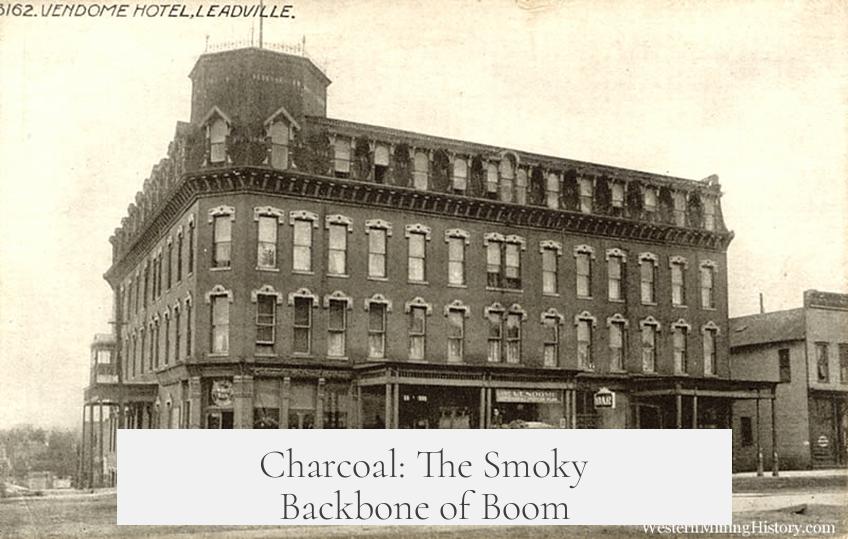
Charcoal, the most straightforward ingredient, was already widely produced in medieval Europe. Making it is basically burning wood in a low-oxygen environment so it doesn’t fully combust but turns into that black, carbon-rich material that burns hotter and cleaner than raw wood.
This process was simple enough to support a decent charcoal industry, supplying not only households and blacksmiths but also the serious business of gunpowder production. You don’t need to be a wizard here—just good fire control and patience.
Sulfur: Nature’s Fiery Gift from the Volcanoes
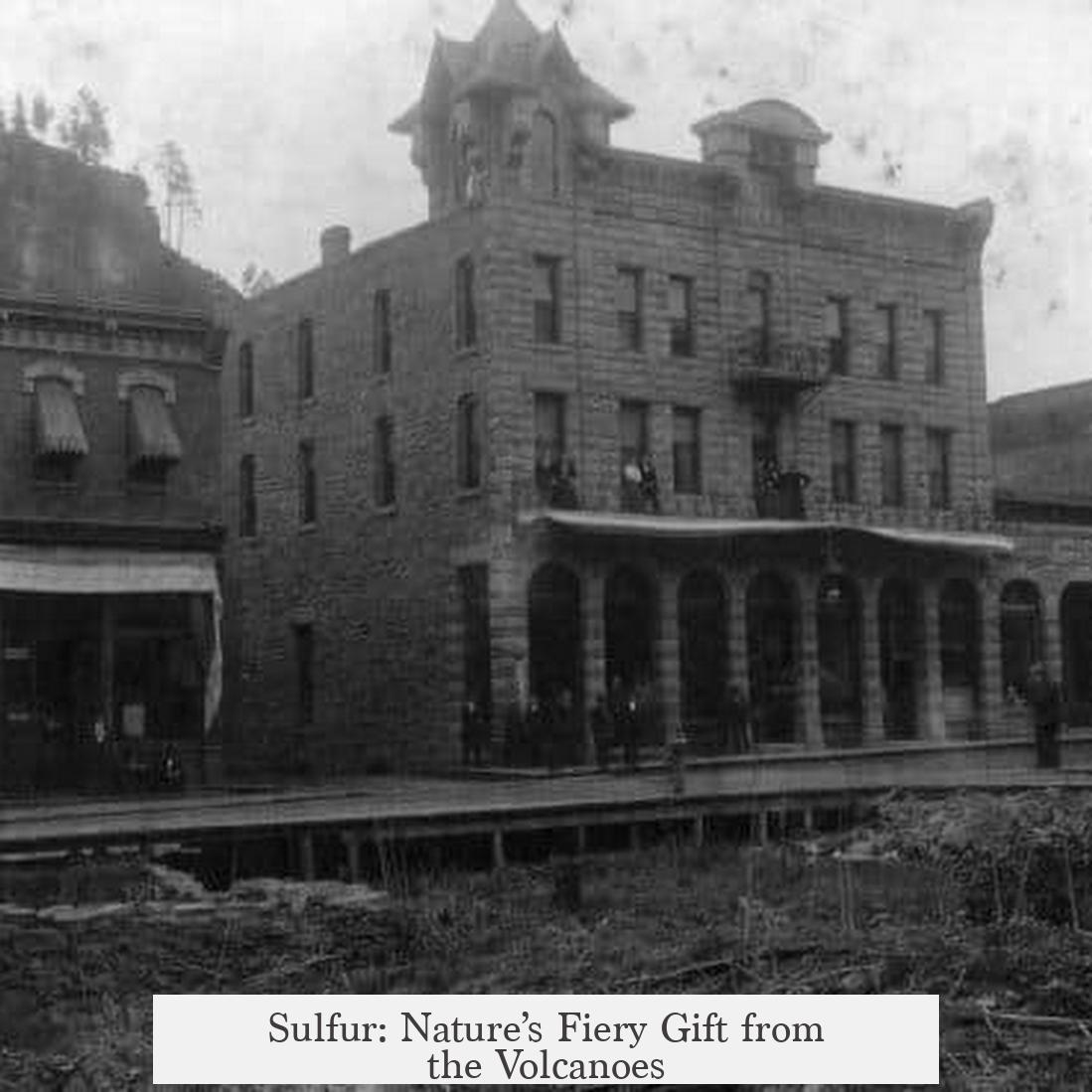
Sulfur was another key player, and Europe’s volcanic hot spots were sulfur treasure troves. Places like Iceland and Sicily, home to active volcanoes such as Mount Etna, functioned as natural sulfur vending machines. Volcanoes spit out sulfur mixed with dirt, and people would collect this gritty stuff from their slopes.
Mining this sulfur-laden earth and refining it to a usable form was a common practice. It’s fascinating to think that a fiery mountain’s byproduct became essential to explosive technology.
Saltpeter: The Elusive and Pricier Ingredient
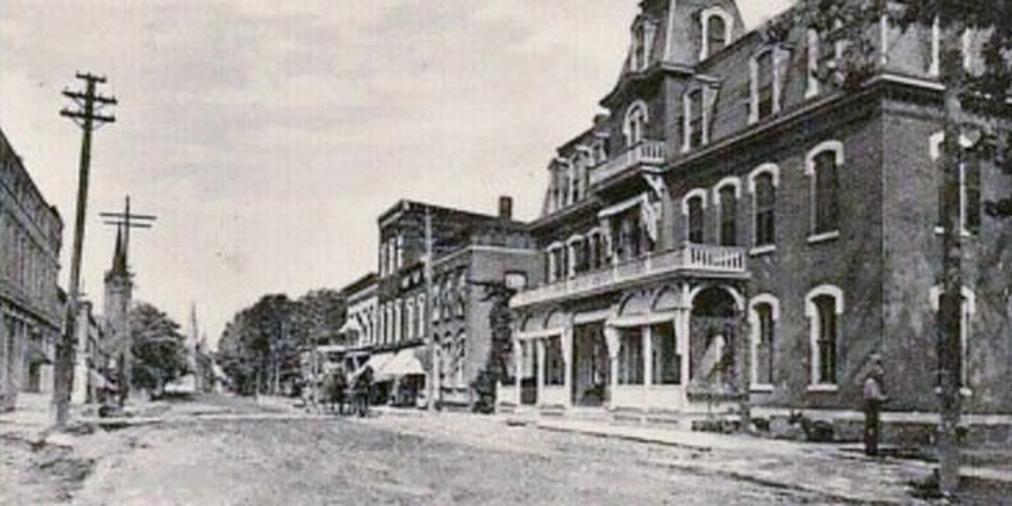
Of all the components, saltpeter, or potassium nitrate, was the trickiest to get. In the 14th century, European armies just had to scavenge wherever they could find it naturally—often in rotting organic matter where bacteria helped convert nitrogen into nitrate.
Imagine medieval chemists searching around stables, barns, or rubbish heaps, hoping the decay met just the right conditions. This rarity made saltpeter the most expensive part of gunpowder. In fact, during the 1300s, the cost of the saltpeter in gunpowder often exceeded the cost of the guns themselves.
The Secret Science of Saltpeter Production: Germany’s Early Monopoly
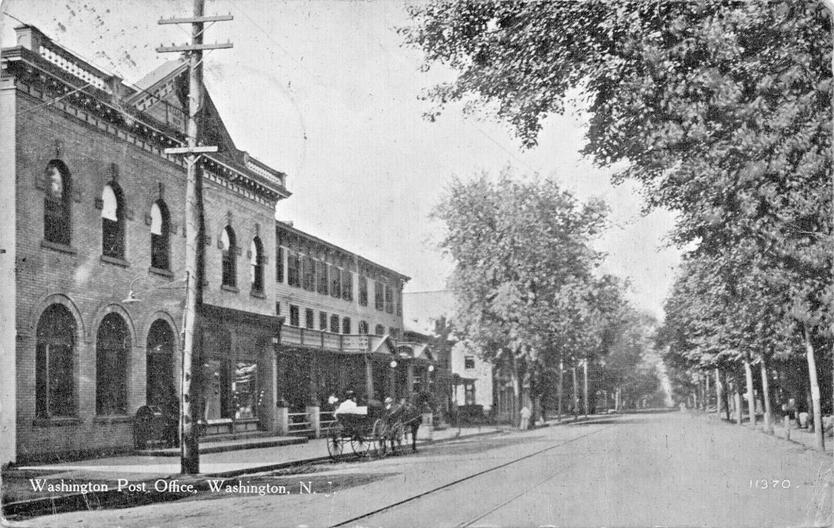
By the late 14th and early 15th centuries, things got more organized—especially in parts of Germany. Conrad Kyeser’s 1405 book, Bellifortis, actually included a recipe for saltpeter production. Although this manuscript was niche at the time, it hints at a bigger story: German states closely guarded their new knowledge, creating something like an early monopoly on saltpeter manufacture.
For about a century, Germany was the main European source of reliable saltpeter, with England and others trailing behind until much later. This privilege gave them a huge edge in gunpowder production and military power.
The “Magic” Ingredients for Saltpeter Manufacturing
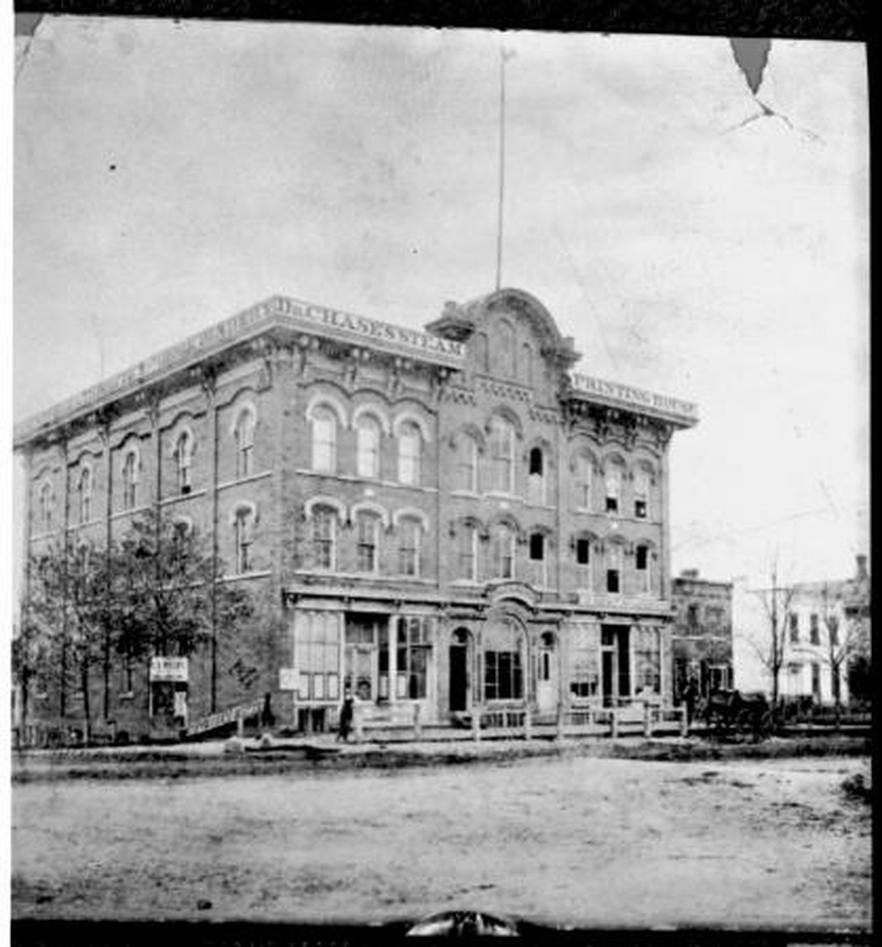
The secret sauce? Animal manure and urine. Yes, they literally turned poop and pee into explosives. One old German text amusingly suggested urine from a “wine-drunk” man might be best, but whether this was tried or marketing, we’ll never fully know!
The manure and urine were mixed with soil to create “nitrous earth,” a fertile base teeming with nitrogen compounds. Different types of earth and waste materials affected the yield and quality, so plants and animal leftovers were added after trial and error.
Transforming Nitrous Earth Into Saltpeter
This step was a careful chemistry act. The nitrous earth was soaked and treated with wood ash—rich in potassium carbonate. This helped turn calcium nitrate (a nuisance compound) into calcium carbonate, which sank to the bottom like unwanted guests at a party.
Next came crystallizing the solution. As the liquid cooled, the saltpeter crystals formed, separating from salty residue and impurities, ensuring a purer, more potent product ready to be mixed into gunpowder.
Germany’s Saltpeter Industry and International Trade
Germany’s output exploded (pun intended) in the 15th century. They supplied not only local armies in the Holy Roman Empire but also sold saltpeter abroad. While the German monopoly was strong, it wasn’t absolute. Other places, like Morocco, produced and traded saltpeter too—Henry VIII, for instance, famously imported some from North Africa.
Why Does This History Matter?
Understanding how gunpowder was made before industrialization shows us how human ingenuity overcame raw material challenges. It wasn’t some magic formula locked away; it was hard, sometimes smelly labor, pieced together from natural signs and persistent experimentation.
This hands-on method contrasts sharply with today’s industrial chemical synthesis of explosives—now fast, controlled, and less reliant on manure. It reminds us that every breakthrough rides on many small, often odd little steps.
Takeaway: The Alchemy of Millennia
Next time you hear about medieval battles or watch historical dramas where early muskets and cannons roar, think about the real story behind the boom. Gunpowder was a carefully crafted blend born from fire, stinky earth, and volcanic spit, perfected through secrets and sweat.
From charcoal kilns to volcanic sulfur mines, and stinky saltpeter pits, the recipe tells a fascinating story of human persistence. Could you imagine yourself hunting down nitrous earth in a stable? It’s messy, it’s meticulous, but it’s history in its rawest, most explosive form.
So, how was gunpowder really made before industrialization? It was a careful blend of nature, manual skill, and guarded knowledge, made one bucket of pomade soil and one ash bath at a time.
